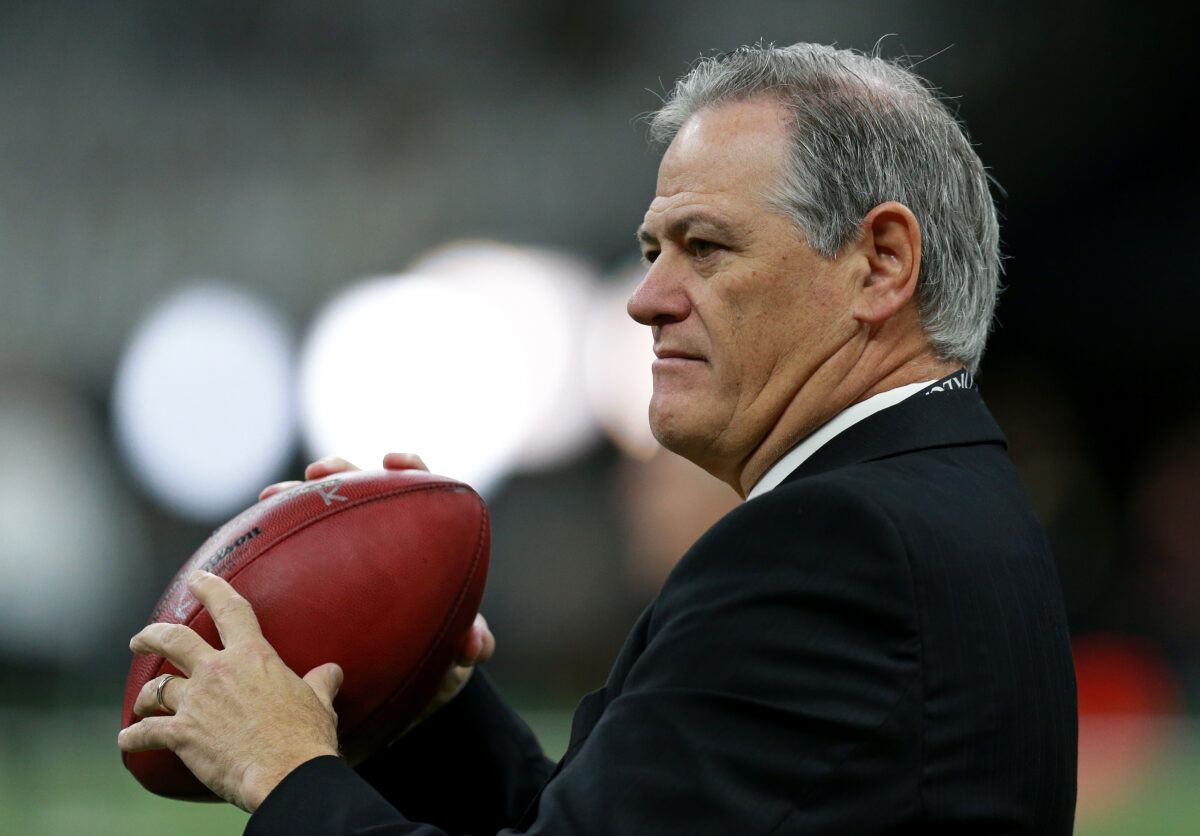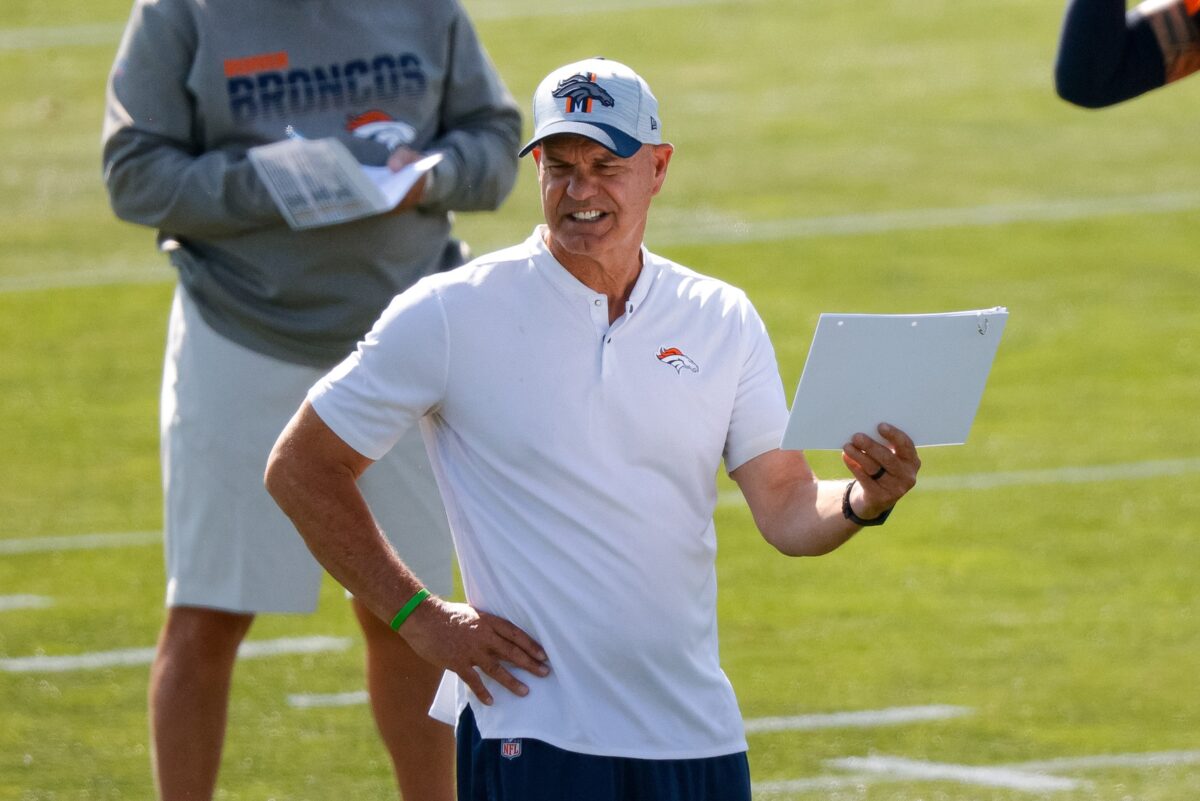The New Orleans Saints have only traded down three times with Sean Payton calling the shots in their draft war room, and not since 2007.
[mm-video type=playlist id=01eqbyahgz6p2j3xp7 player_id=none image=https://saintswire.usatoday.com/wp-content/plugins/mm-video/images/playlist-icon.png]
“Eh, I don’t like that pick. The Saints should trade down and get more picks instead.”
Anyone who has ever shared a mock draft has heard that line before, or something close to it. It’s the top call fans around the NFL would make when their team is on the clock; move back, and get more at-bat opportunities. More darts to throw at the board. More picks.
The problem — for Saints fans — is that New Orleans hasn’t traded down since the 2007 draft. Sean Payton made three trades down the board in his first two years as head coach, and he hasn’t done it since. Instead, he and his braintrust have favored aggressive trades up, leapfrogging their rivals to target prospects they value highly. Playing it conservative and backpedaling isn’t in their DNA.
“There’s a notion [that the Saints only trade up, not down] because there’s history,” general manager Mickey Loomis joked back in 2019. He added, “We’d be open to trading back if the timing is right and if the value is right.”
But what happened the last time the Saints traded back? Let’s review each deal:
- 2006: Saints traded from No. 34 down to No. 43, adding center Jeff Faine, who was elected a team captain and named a 2007 Pro Bowl alternate. He later departed in free agency for the cross-division Buccaneers. The Saints chose safety Roman Harper with this pick, who earned two Pro Bowl nods and started for nearly a decade.
- 2006: Saints traded from No. 99 back to No. 108 for defensive tackle Hollis Thomas, who started for them until a 2008 training camp injury ended his New Orleans tenure. The Saints picked guard Jahri Evans with this selection, who earned six Pro Bowl trips and five AP All-Pro selections (four on the first team).
- 2007: Saints traded from No. 58 to No. 66 and a fifth round pick (No. 145), using it to acquire cornerback David Jones. Jones was released during final roster cuts. They picked safety Usama Young at No. 66, who appeared intermittently in the lineup until 2010, when he left in free agency to continue his career with the Browns and Raiders.
Today’s roster is maybe more similar to the 2006 and 2007 teams Payton built from the ground up than it might first appear. While the Saints have plenty of star talent on each side of the ball, they lack a strong middle class on their depth chart — critical reinforcements needed to step up when injuries inevitably thin out the group. Trading down, acquiring low-cost veterans from other teams and more picks, would make sense.
Maybe it’s the right situation to make the Saints reconsider their aggressive approach. This entire offseason has brought sweeping changes to New Orleans; ranging from the long-expected retirement of Drew Brees to a change in philosophy towards compensatory draft picks. A continued shift in reflection of the team’s evolving mission statement doesn’t sound too off-base.
Their goal isn’t to rush and put all of the chips on the table to win another Super Bowl before Brees retires. That window has closed. Now it’s about continuing to compete in the NFC South against the upstart title-champion Buccaneers, while remaining a step ahead of the reeling Falcons and Sam Darnold-led Panthers.
With just 60 players under contract right now for 2021 (tied for second-fewest in the league) and only 32 players signed for 2022, maximizing resources like draft picks would do a lot to help accomplish their goals. So keep that in mind on draft day. The winds of change are beginning to pick up. Maybe they impact how the Saints approach the draft, too.
[vertical-gallery id=33835]



